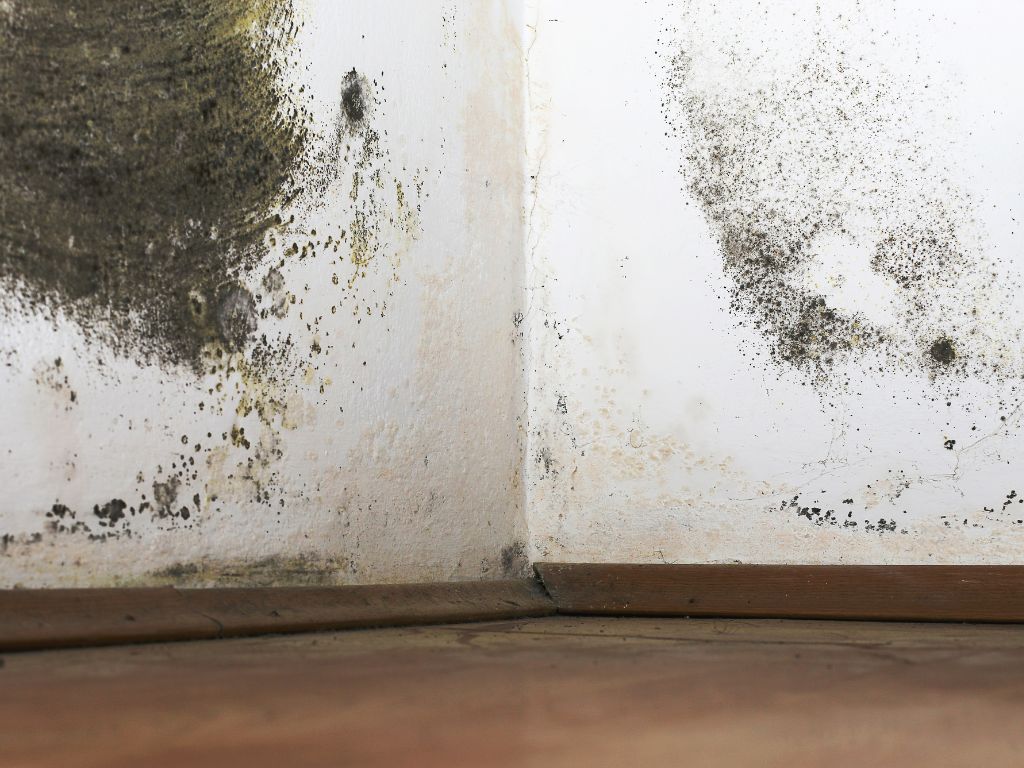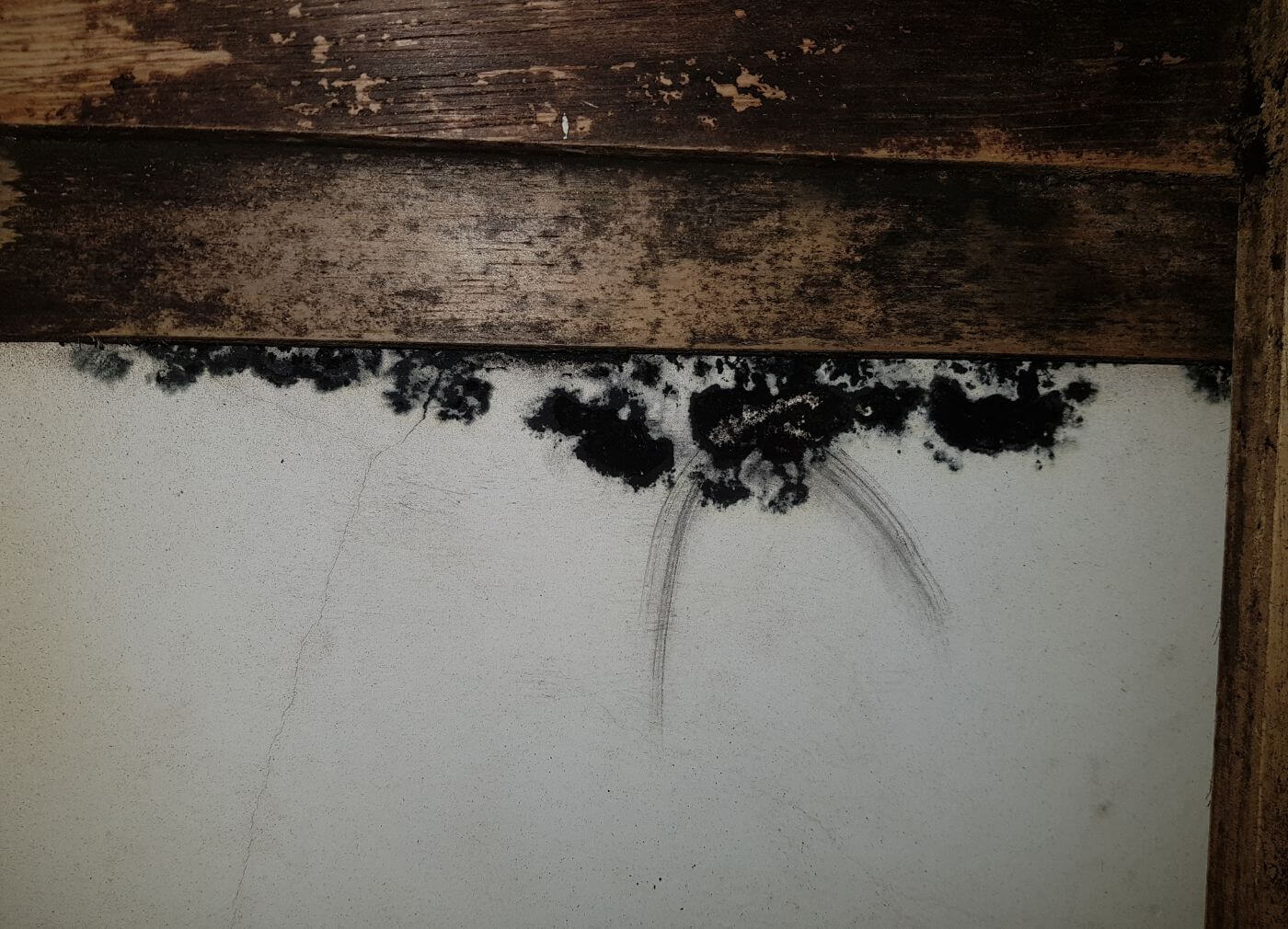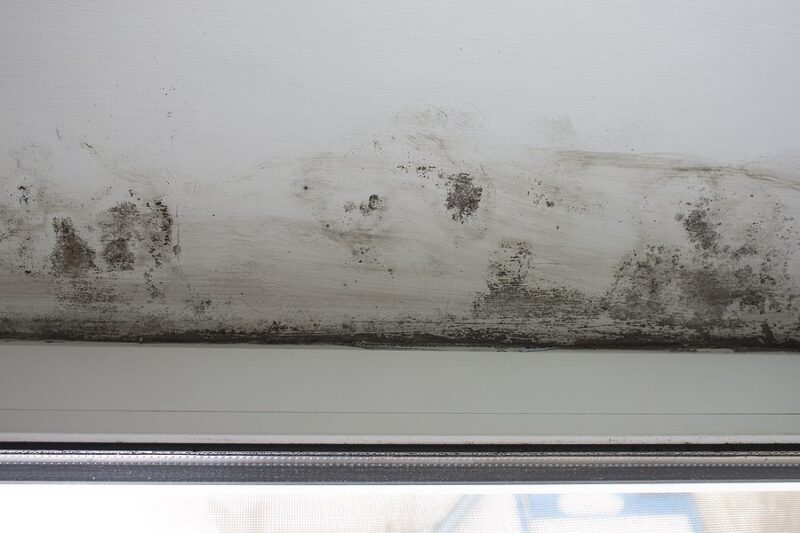In the realm of indoor air quality and health concerns, mold is a formidable contender. Among the myriad varieties, black mold often steals the spotlight, notorious for its dark hue and potential health risks.
However, not all molds adhere to the same narrative. From the fuzzy green hues of penicillium to the white, thread-like structures of aspergillus, molds vary widely in appearance, behavior, and effects on human health.
Understanding these differences isn’t merely academic; it has practical implications for homeowners and health professionals alike. This exploration delves into the key distinctions between black mold and its counterparts, shedding light on their unique characteristics, risks, and the implications for indoor environments.
Whether you’re navigating a damp basement or evaluating air quality, knowing the distinguishing traits of these fungal foes is essential for effective management and prevention.
Characteristics of Black Mold

Black mold, scientifically known as Stachybotrys chartarum, is often recognized by its distinctive dark green or black hue, a characteristic that immediately sets it apart from other mold types. Typically found in damp, humid areas—especially where water damage has occurred—this mold thrives on materials rich in cellulose such as wood, drywall, and paper.
Unlike some innocuous molds that may be merely unsightly, black mold poses significant health risks. Exposure can lead to a range of symptoms, from respiratory issues and chronic fatigue to more severe reactions in sensitive individuals, including those with asthma or weakened immune systems.
The texture of black mold can be slimy or fuzzy, depending on its moisture content, and it often emits a musty odor that can persist even after removal efforts. Understanding these traits is essential for distinguishing it from less harmful molds and ensuring proper remedial action.
Health Effects of Different Mold Types

The health effects of mold exposure can vary significantly depending on the type of mold in question, and understanding these differences is crucial for effective prevention and treatment. For instance, while many molds are relatively harmless, black mold—scientifically known as Stachybotrys chartarum—poses serious health risks, particularly for individuals with compromised immune systems or respiratory issues.
Symptoms associated with exposure to black mold can be severe, including chronic coughing, asthma exacerbations, and even neurological disturbances in extreme cases. In contrast, other mold types, such as Cladosporium and Aspergillus, may trigger allergic reactions or irritate the skin and eyes, but typically do not carry the same level of toxicity.
However, the potential for various molds to produce mycotoxins complicates the picture; whether it’s the ubiquitous Penicillium or the more rarely discussed Alternaria, prolonged exposure can lead to a variety of health concerns. Thus, recognizing the specific mold type is essential in assessing risks and ensuring proper remediation efforts are undertaken.
Growth Environments for Black Mold vs. Other Molds

Black mold, particularly the notorious Stachybotrys chartarum, thrives in damp, dark environments with a rich supply of cellulose, such as wood, paper, and even drywall. Its growth often goes unnoticed until it reaches significant levels, typically in areas with persistent water damage or high humidity.
Conversely, other types of mold, like Penicillium or Aspergillus, can proliferate in a broader range of conditions—some prefer the cooler shade of your refrigerator, while others flourish in warm, humid bathrooms. They may find sustenance on a variety of surfaces, from decaying organic matter to even food items.
While both black mold and its counterparts seek moisture, black molds preference for more specific conditions makes it more insidious, often leading to serious health issues if left unchecked, whereas other molds might present more immediate but less severe concerns. Understanding these distinct growth environments is essential for effective mold management and prevention.
Conclusion
In conclusion, understanding the key differences between black mold and other types of mold is crucial for homeowners and renters alike. Black mold, scientifically known as Stachybotrys chartarum, poses specific health risks that can significantly affect indoor air quality.
Unlike many other mold varieties, black mold thrives in damp, poorly ventilated areas and can lead to substantial structural and health-related issues if left unchecked. Its essential to address any moisture problems promptly and consider Black Mold Testing if Signs of Mold Growth Are Suspected. by Staying Informed and Proactive, You Can Protect Your Living Environment and Ensure the Well-Being of All Who Inhabit It.


